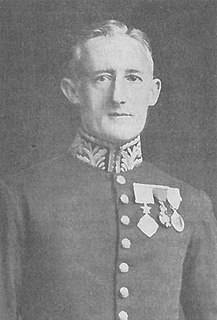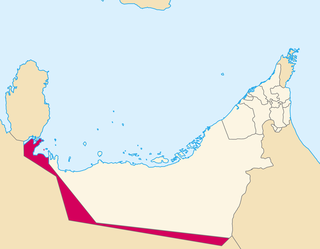 W
WThe Arab Revolt or the Great Arab Revolt was a military uprising of Arab forces against the Ottoman Empire in the Middle Eastern theatre of World War I. On the basis of the McMahon–Hussein Correspondence, an agreement between the British government and Hussein bin Ali, Sharif of Mecca, the revolt was officially initiated at Mecca on June 10, 1916. The aim of the revolt was to create a single unified and independent Arab state stretching from Aleppo in Syria to Aden in Yemen, which the British had promised to recognize.
 W
WThere have been numerous incidents during the Hajj', the Muslim pilgrimage to the city of Mecca, that have caused loss of life. Every follower of Islam is required to visit Mecca during the Hajj at least once in his or her lifetime, if able to do so; according to Islam, the pilgrimage is one of the Five Pillars of Islam. During the month of the Hajj, Mecca must cope with as many as three million pilgrims.
 W
WThe Royal Saudi Air Force (RSAF) is the aviation branch of the Saudi Arabian Armed Forces.
 W
WThe Saudi–Iraqi neutral zone was an area of 7,044 km2 on the border between Saudi Arabia and the Iraqi Republic within which the border between the two countries had not been settled. The neutral zone came into existence following the Uqair Protocol of 1922 which defined the border between Iraq and the Sultanate of Nejd. An agreement to partition the neutral zone was reached by Iraqi and Saudi representatives on 26 December 1981, and approved by the Iraqi National Assembly on 28 January 1982. The actual division of the territory was made an unknown time after the agreement was reached, 30 July 1982 at the latest, though the border change wasn't officially filed with the United Nations until June 1991.
 W
WThe Treaty of Darin, or the Darin Pact, of 1915 was between the United Kingdom and Abdul-Aziz Al Saud ruler of Emirate of Nejd and Hasa, who would go on to found the Kingdom of Saudi Arabia in 1932.
 W
WThe 1927 Treaty of Jeddah, formally the Treaty between His Majesty and His Majesty the King of the Hejaz and of Nejd and Its Dependencies was signed between the United Kingdom and Ibn Saud. It recognised the independence of Ibn Saud and sovereignty over what was then known as the Kingdom of Hejaz and Nejd. The two regions were unified into the Kingdom of Saudi Arabia in 1932. In return, Ibn Saud agreed to stop his forces from attacking and harassing neighbouring British protectorates.
 W
WThe 1974 Treaty of Jeddah was a treaty between Saudi Arabia and United Arab Emirates signed in 21 August 1974 between King Faisal of Saudi Arabia and President of the United Arab Emirates Sheikh Zayed bin Sultan Al Nahyan. The treaty intended to resolve the Saudi Arabia – United Arab Emirates border dispute. Saudi Arabia ratified the treaty in 1993, but the UAE has not yet ratified it. The legal validity of the treaty has been questioned, since Qatar was not included in the negotiations, and the proposed settlement affects the Qatari border. However, Qatar had already reached a separate agreement on its border with Saudi Arabia in December 1965.
 W
WThe Unification of Saudi Arabia was a military and political campaign in which the various tribes, sheikhdoms, city-states, emirates, and kingdoms of most of the Arabian Peninsula were conquered by the House of Saud, or Al Saud. Unification started in 1902 and continued until 1932, when the Kingdom of Saudi Arabia was proclaimed under the leadership of Ibn Saud, creating what is sometimes referred to as the Third Saudi State, to differentiate it from the Emirate of Diriyah, the First Saudi State and the Emirate of Nejd, the Second Saudi State, also House of Saud states.